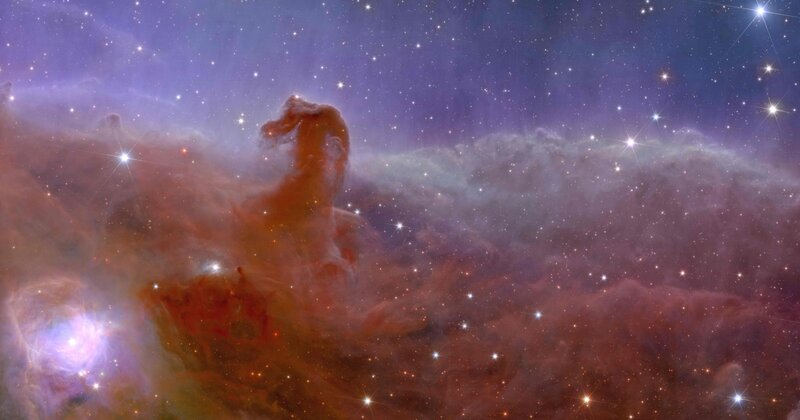The telescope’s goal is to grasp the elusive nature of dark matter and dark energy by creating a 3D map of billions of galaxies and other structures in the universe across space and time.
The spectacular first images from a dark matter-hunting telescope were unveiled Tuesday, showcasing bustling galaxies, clusters of ancient stars and wispy, dreamlike stellar nurseries.
The images, from the European Space Agency's Euclid telescope that launched into space in July, were released to great fanfare. The dramatic views are a tantalizing first glimpse of what the dark universe-mapping telescope could yield over the course of its six-year mission.
One of the most eye-catching of the newly released images is an ethereal look at the Horsehead Nebula, which forms part of the constellation Orion. This cold, dark cloud of gas is an active star-forming region and is known for its distinct equine shape that appears like an eerie apparition against a glowing cosmic background.
The Horsehead Nebula, also known as Barnard 33, is located approximately 1,375 light-years away and is the closest giant star-forming region to Earth, according to the space agency.
The Euclid telescope also spotted a spiral galaxy known as IC 342 that is sometimes nicknamed the “Hidden Galaxy.” This system is often challenging to observe directly because the veil of stars, gas and dust around our own Milky Way tends to obscure it from view.



 Space
Space Astronomy
Astronomy Maps
Maps Time
Time


